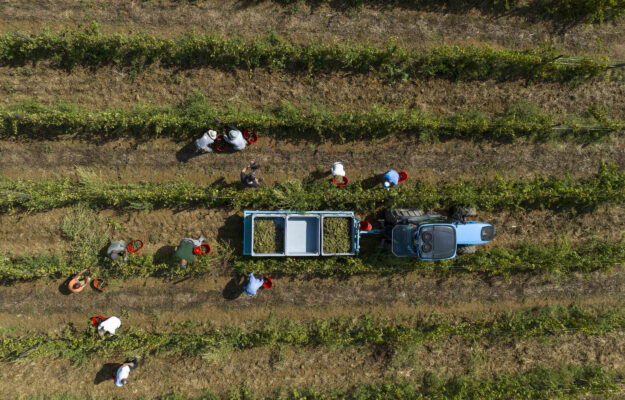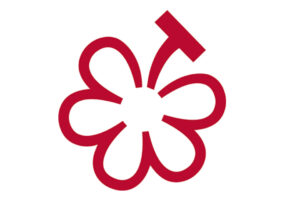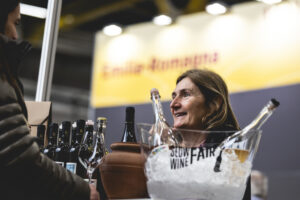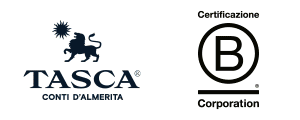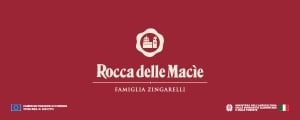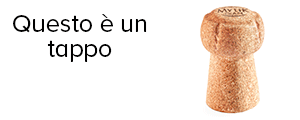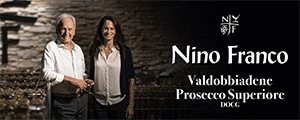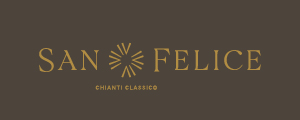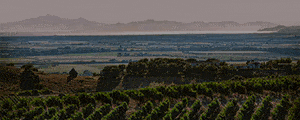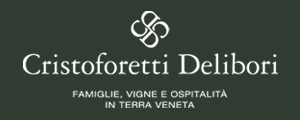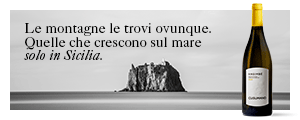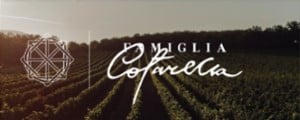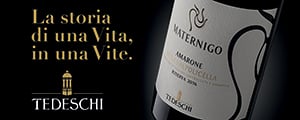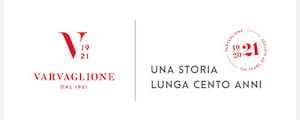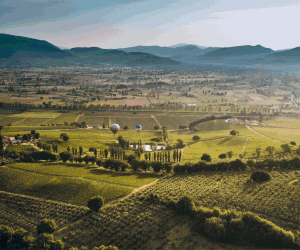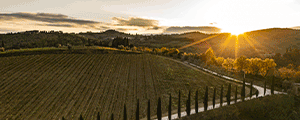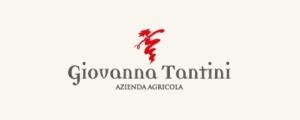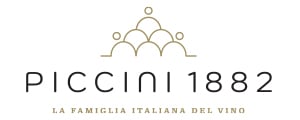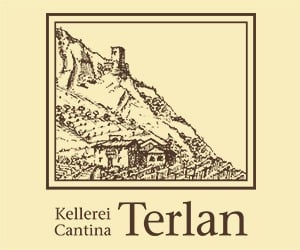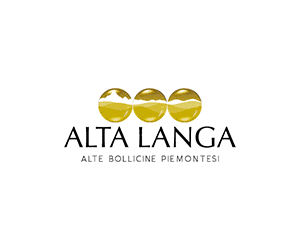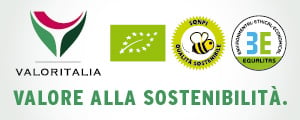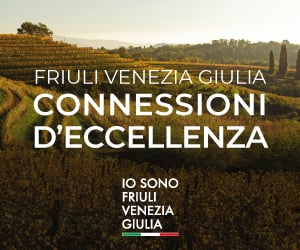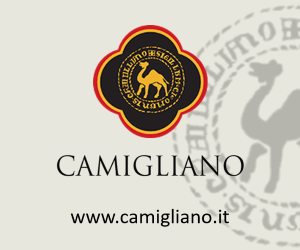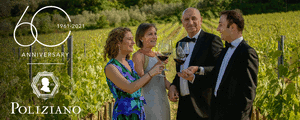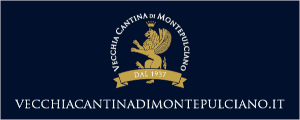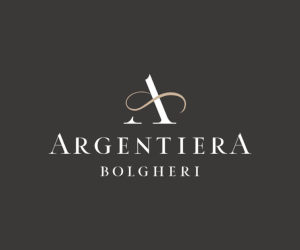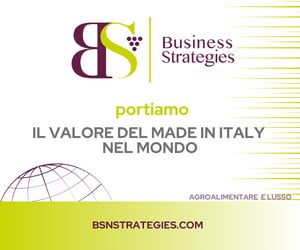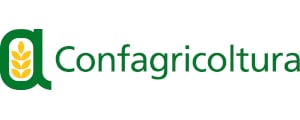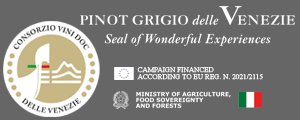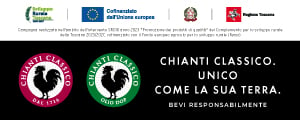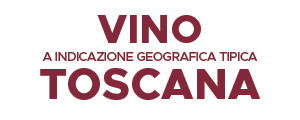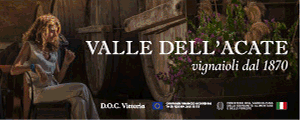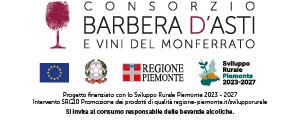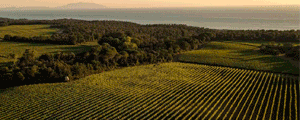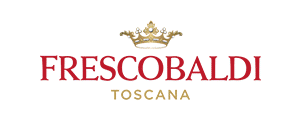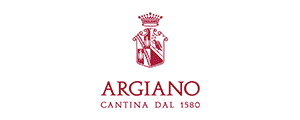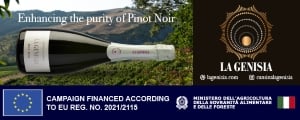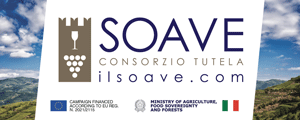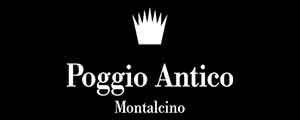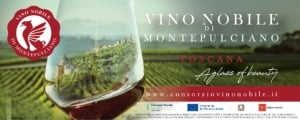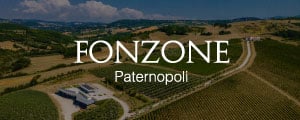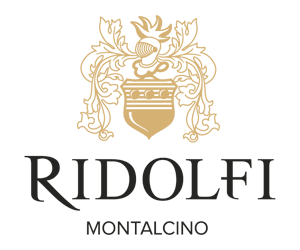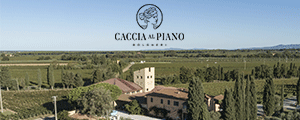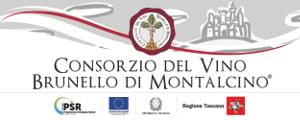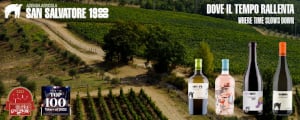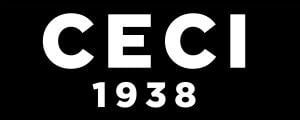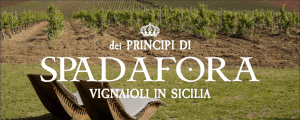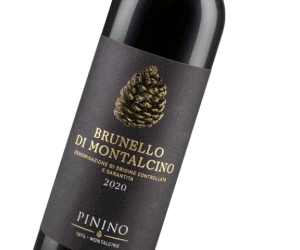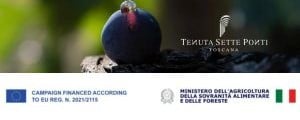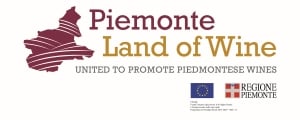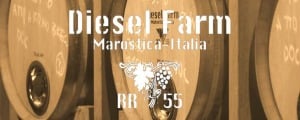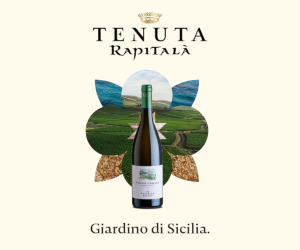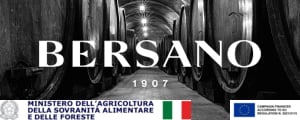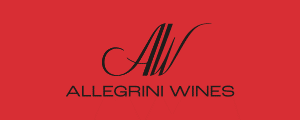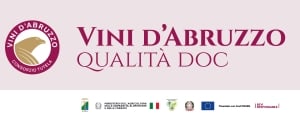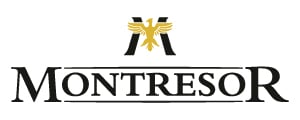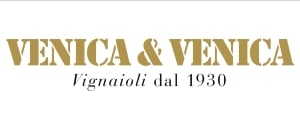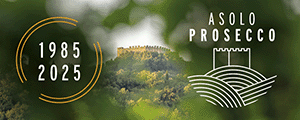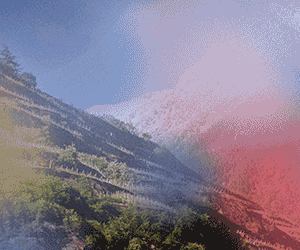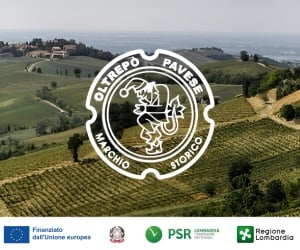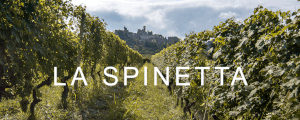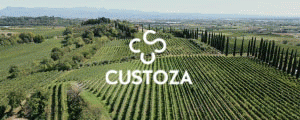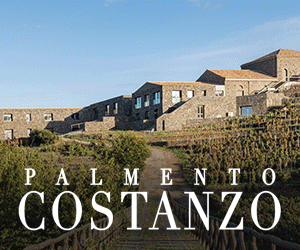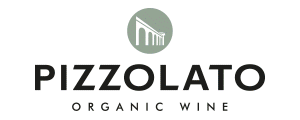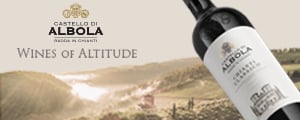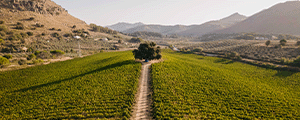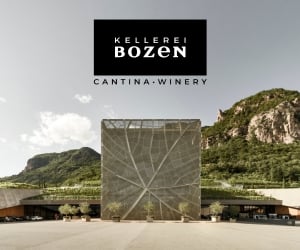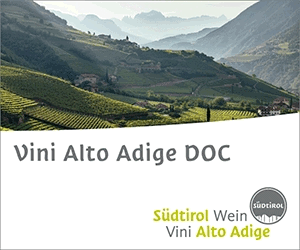While the first bunches were harvested in Sicily in July, and the Franciacorta region has officially begun harvesting, the 2025 harvest is just getting underway, with the earliest varieties appearing everywhere, from Puglia to Sardinia, from Tuscany to Oltrepò Pavese, among many other Italian wine regions. And while some have already made national predictions, such as Coldiretti and Accademia Italiana della Vite e del Vino, it’s clear that everything must be treated with caution, looking ahead to the coming weeks. But now there are also many important companies from different areas, from Trentino Aldo Adige to Sicily, who are painting a picture that from North to South tells of a 2025 vintage that has so far been quite uniform and balanced, thanks to a not too cold winter, which followed a normal course and the spring (cool in April) which favored a progressive flowering. And with rainfall that, overall, dotted the peninsula without ever being excessive, helping to build up good water reserves and without hindering work in the vineyard. June was noted everywhere for a heat wave that accelerated vegetative growth, without however causing excessive stress thanks to the water reserves accumulated in the previous months. The result was a consistent or slightly early growing season, with vineyards in excellent shape and good overall health. Starting from July, many areas benefited from significant day-night temperature variations, which are favoring regular veraison and good phenolic ripening. To date, the health of the grapes is generally very good, with well-shaped bunches. Expected yields are in line with averages and very promising in terms of quality. The harvest, therefore, appears slightly early, with some white varieties in pole position. Quality expectations are high, and if August continues without extreme events, the 2025 harvest could yield wines of precision, freshness, and great territorial expression. Starting from Trentino Alto Adige, for Anselmo Guerrieri Gonzaga, at the helm of Tenuta San Leonardo, one of the “pearls” of Italian wine, the growing season has so far been characterized by an overall milder trend than average, with some peaks of heat between late June and early July. However, compared to 2022 or 2023, summer temperatures were less extreme and more varied, with cooler days and evenly distributed rainfall that favored a good vegetative balance in the plants. Initial impressions indicate a promising vintage in both quality and quantity. In the nearby Cembra Valley, the 2025 season began with a winter characterized by low temperatures and snowfall at high altitudes. Stefano Rossi, winemaker at Cembra Cantina di Montagna, reports a normal start to the growing season. “Spring alternated between sunny weather, rain, and thunderstorms, with an overall positive outcome”, he explains. The summer was characterized by high temperatures, even above 30°C, with periods of stability and some precipitation in late July. “The production season”, he concludes, “looks like it will be regular and with good expectations”. Alto Adige also confirms a similar trend: Cantina Terlano, a “temple” of great white wines for aging, and Cantina Andriano, among the area’s leading producers, report regular vegetative development that has resulted in loosely packed bunches and a good canopy on the vines today. Rudi Kofler, “kellermeister” of both wineries, describes a relatively dry and mild winter, a spring - from late April to early June - with appropriately rainy temperatures, followed by a short, intense heat wave at the end of June. “Today’s fruit set is moderate and characterized by sparse bunches - a positive indicator in terms of quality”. On both sides of the Adige Valley, the 2025 harvest will begin slightly earlier than in 2024, between late August and early September. A few kilometers away, on the shores of Lake Caldaro, at Cantina Kaltern, another “gem” of South Tyrolean wine, flowering also took place in optimal climatic conditions, ensuring good fruit set. “Rainfall was regular and well-distributed”, confirms winemaker Thomas Scarizuola. Summer began with a very hot June, followed by a more moderate July. “The grapes show excellent quality potential, promising an excellent vintage”, the winemaker continues. “Now we’re confident in a favorable August and a sunny autumn to complete the ripening process”. Moving to Lombardy, Franciacorta also experienced a mild winter with widespread, beneficial rainfall. The sun and heat of June were the protagonists in the vineyards of Mosnel, one of the most famous estates, where Giulio Barzanò, who manages it with his sister Lucia, says that “for now, all the conditions are in place for a harvest of good quantity and excellent quality. There are now only a few days left, but they are crucial: final ripening with good day-night temperature variations, as is happening these days, historically produces memorable vintages”. Also in Franciacorta, the Paladin family’s historic label, Castello Bonomi, has begun harvesting for a vintage celebrating the winery’s 40th anniversary. The Pinot Noir “looks particularly promising this year. The grapes have an excellent balance between ripeness, acidity, and aromatic profile”, the company explains. “The harvest is off to a good start, for a year that promises to be good in quantity and extraordinary in quality”, says Roberto Paladin, who manages Castello Bonomi with his brother Carlo. He notes, “the health of the bunches is excellent, and acidity is maintained, with optimal pH values and a high malic acid content, an essential component for ensuring the wines’ freshness and longevity. Finally, the aromatic profile is rich, with excellent minerality and precursors that bode well for a sparkling wine with great character”. The yield will be slightly higher than in 2024: the hailstorm of August 26, 2024, only partially affected the young parcels, which are slightly less fertile. In these areas, the harvest is being approached with an even more selective approach, meticulously managing leaf removal and harvesting. The 2025 vintage therefore promises to be very rewarding, with ideal conditions for producing Franciacorta with long aging, in line with the company’s philosophy. From Franciacorta to Oltrepò Pavese, at Conte Vistarino, one of the area’s historic and leading wineries, led by Ottavia Vistarino, the harvest is scheduled for August 12th, starting with the Pinot Noir and Chardonnay, which will become Metodo Classico, and continuing until late September in the vineyards where the red Pinot Noir and Riesling crus are grown. Everything is more than a week earlier than last year. “As in the rest of the Oltrepò, yields are expected to increase, between 80 and 90 quintals per hectare, with large clusters and heavy berries. At Rocca de’ Giorgi in particular, despite the complex agronomic situation, the company explains, “the quality of the grapes promises to be among the best in recent years, a decidedly positive result, especially considering that the 2024 vintage was severely compromised by downy mildew and heavy harvest rainfall”. “Over the past two months, we’ve been through a very challenging period of intense heat, alternating with cool spells and showers”, comments Ottavia Vistarino, “which we overcame thanks to targeted agronomic practices in canopy management and soil preparation. Pre-harvest samples of grapes destined for sparkling wine bases show an optimal sugar/acidity/pH ratio, suggesting a positive end to the season”. In terms of viticulture management, the current year is characterized by significant investments in the renewal of our agricultural machinery fleet - reaching 500,000 euros - and by the increase in manual operations in the vineyards, in accordance with an increasingly meticulous precision viticulture, aimed at achieving a tangible improvement in the vegetative and productive balance of the plants. This year, the expertise of our agronomists and technicians has proven more crucial than ever,” continues Ottavia Vistarino. “While the constant work in the vineyard has provided us with healthy grapes with a rich aromatic profile, our investment and management choices are already yielding significant qualitative and quantitative results. For excellent viticulture, it is essential to read change promptly and with versatility, deploying the appropriate resources to address the changing climate and the progressive increase in extreme weather events”. Traveling further west, we look at the Langhe, where the winter was mild and the rains continued until spring. June, here too, was exceptionally warm, accelerating the development of the grapes. Veraison began early, thanks in part to the strong nighttime temperature swings. Yields are not high, but the potential quality is high. Thinning is underway, and the Nebbiolo harvest is expected in early October. Marco Parusso of the renowned Parusso winery expands his focus on Bussia and his Nebbiolo: “It rained enough in 2025, and we can’t complain; the vines aren’t suffering at all. The bunches are perfect, fairly sparse and not too crushed. So far, I’m very satisfied with the fruit on the vines”. Federica Boffa Pio, fifth generation of Pio Cesare, one of the leading names in the Langhe, is also positive: “The soil has accumulated abundant water reserves to best prepare for the summer of 2025. Production is currently regular and not excessive. We have begun thinning operations, which will last until August 20th. As we do every year, we have established a thinning method for each vineyard based on the number and size of the bunches, with a clear objective: to quantitatively regulate a very high-quality production”. From Piedmont we descend into Liguria, where Cantine Lvnae, one of the leading producers of Colli di Luni, reports a fairly cold and rainy winter, but without any major problems. “Spring was a bit unstable”, explains producer Diego Bosoni, “but thanks to our characteristic microclimate, between the sea and the mountains, and the skill of the vineyard staff, we’ve reached the summer season with vines in excellent health”. Field analyses indicate grapes with great quality potential. “We hope for a balanced August”, he concludes. Vermentino, the area’s “totem grape”, will be harvested in early September, in line with the historical average. Finally, let’s look at Tuscany, including some of its most important areas, from Chianti Classico to Montalcino, from Maremma to Val d’Orcia. In Chianti Classico in particular, the historic Castello di Querceto, located on the high hills of Radda in Chianti, experienced a rainy start to the season, followed by a warm June that led to a consistent or slightly early growing season. The vines are vigorous and well-balanced, and expected yields are good. “At the moment,” explains Simone François, fourth-generation owner, “we have the ideal climate, with wide day-night temperature variations and well-spaced rainfall.” From Gaiole in Chianti, Elisa Ascani, production director at Bertinga, a young but already established local winery whose highest vineyards, in Adine, exceed 550 meters above sea level, confirms a textbook performance: budbreak occurred regularly, followed by a prolonged flowering thanks to abundant spring rains. “June was characterized by exceptionally high temperatures, while July saw some rain return, accompanied by significant temperature variations between day and night, which favored the onset of veraison toward the end of the month. Now we must rely on stable weather in August to promote proper ripening”. Furthermore, the Mazzei family’s Castello di Fonterutoli vineyards in Castellina in Chianti, a symbol of the history of Chianti Classico, as well as the prized Il Caggio vineyard where Ipsus is grown, enjoyed excellent budbreak with remarkable uniformity. “No return of cold weather, but rather a fairly rainy May that further increased useful water reserves in the soil”, says Francesco Mazzei, “and despite the high temperatures of mid-July, the vines have now reached veraison and are progressing very quickly in ripening the bunches. Production appears to be good”, he concludes. Still in the Gallo Nero territory, returning to Radda in Chianti, Arillo in Terrabianca, a company owned by the Italian-Swiss Burkard family since 2019, reports a water surplus between September 1, 2024, and April 30, 2025, which significantly impacted the vine's growth cycle. “The current temperatures, between 30 and 32°C, combined with good soil water availability, are favoring optimal vineyard health, with vigorous and well-balanced vines”, says producer Adriana Burkard, who believes current conditions suggest a potentially excellent vintage, both qualitatively and quantitatively, with average or slightly higher yields.
In the Brunello di Montalcino region, Giodo, the winery of winemaker Carlo Ferrini and his daughter Bianca, reports a normal winter and, subsequently, a very successful vegetative phase, consistent with the season: spring rains provided a great boost to the development of the buds. “The heat at the end of June was unusual”, says Riccardo Ferrari, head winemaker, "but by carefully managing the canopy, we attempted to create natural shade”. “It will be a harvest managed with 80% technique and 20% instinct”, concludes Bianca Ferrini.
From Montalcino to Maremma: at Fattoria Le Pupille, one of the area's leading producers, after a “fairly rainy” spring, the summer, starting in June, has rebalanced the season. “As of today, almost all the varietals have turned color, with only a few plots of Petit Verdot and Cabernet Sauvignon from Saffredi still missing”, explains Ettore Rizzi, winemaker and son of founder Elisabetta Geppetti. “The harvest is expected to begin around August 20th for the earliest varieties. The year overall promises to be very positive in terms of quality and aroma. This summer, somewhat reminiscent of the 1990s, puts us in a great mood”, he concludes. Also in Maremma, at Castello di Vicarello, a renowned winery in Cinigiano, a windy and uneven spring was handled without any particular stress. The summer heat, thanks to good water reserves and careful management, was well-received. “Vaieuse is early, and the grapes”, says producer Brando Baccheschi Berti, “appear to be of great quality: fragrant with ripe, complex, and beautifully long tannins. The climate is now ideal, with daytime highs of 30°C and lows below 20°C: it’s every producer’s dream. We’ll see how it goes in the coming weeks. “This vision is shared by the region, as Francesco Mazzei, also president of the Consorzio Vini Maremma, explains, where “everything is ready for the start of the harvest, which promises to be one of the most promising in recent years. The grapes are ripening consistently and optimally, thanks to ideal weather conditions and the absence of heat or water stress. The dry weather and consistent temperature differentials of recent days are helping to create the perfect conditions for a high-quality harvest. There are currently no weather warnings: the heat could return in mid-August, but without any worrying peaks. And “the evolution of the aromatic synthesis is particularly positive, which suggests a production of very high-quality Vermentino wines, if the weather conditions remain favorable. The health of the grapes remains excellent throughout the area. The harvest timing is perfectly in line with that of 2024: the harvest will begin in the week before mid-August, starting with the earliest varieties such as Chardonnay, Viognier, and subsequently Merlot, and obviously, those intended for sparkling wine and rosé base wines. In terms of quantity, abundant production is expected, except some varieties more susceptible to downy mildew, which suffered significant attacks during the rainy month of May”. Remaining in Tuscany, in Sarteano, in the Val d’Orcia, a UNESCO World Heritage Site, where the climate often has unique patterns, the historic Tenuta di Trinoro, founded by Andrea Franchetti, experienced an intense season that required a conservative and flexible approach. “Frequent but light rainfall allowed us to keep the soil well hydrated without causing erosion, but then summer arrived with a bang and the plants began to rapidly consume water resources”, explains Benjamin Franchetti, who now leads the company. “Fortunately, the vine is a plant capable of working under stress and modifying its mechanisms and metabolism based on external factors. July brought cooler temperatures, with highs rarely exceeding 30°C and truly cool, breezy nights. Today, the plants are vigorous and veraison is underway. The final sprint of this 2025 vintage has begun. Moving further south, in Puglia, and specifically in Salento, Tenuta Liliana, a premium estate, reported early budbreak and a mild, rainy spring, without any particular phytosanitary pressure. “Summer”, explains Andrea Fattizzo, the estate’s technical director, “arrived right on time: scorching and dry”. The initial early temperatures have thus eased, but the vines are still in excellent condition. Harvest will begin at the end of August for Sauvignon Blanc and at the end of September for Cabernet Sauvignon, the estate's flagship grape. Producers Antonio and Liliana Intiglietta are looking forward to a harvest with excellent quality prospects.
Finally, in this wide-ranging overview, Tasca d’Almerita, one of the leading wineries in Sicily’s winemaking “renaissance,” summarizes the complexity of the Sicilian “wine continent,” with harvests spread over 90 days across its five estates spanning the region: from the island of Mozia, through Regaleali, to the slopes of Mount Etna. After two difficult years, particularly a very dry 2024, 2025 looks more stable, thanks in part to a rainy winter that ensured good water resources. The summer months were hot, but temperatures have been below average in the last two weeks, ensuring perfect ripening. “At Regaleali, it even rained in July, and vegetative development is good. The international white varieties are late in ripening, while the native varieties are back to average harvest times. Yields from the native varieties are looking good”, says Alberto Tasca, who leads the family winery, reiterating the importance of a sustainable approach and applying the principles of dryland farming (with targeted cultivation methods to conserve soil moisture), “always considering conservative soil management to address extreme climate variability”.
Copyright © 2000/2025
Contatti: info@winenews.it
Seguici anche su Twitter: @WineNewsIt
Seguici anche su Facebook: @winenewsit
Questo articolo è tratto dall'archivio di WineNews - Tutti i diritti riservati - Copyright © 2000/2025










